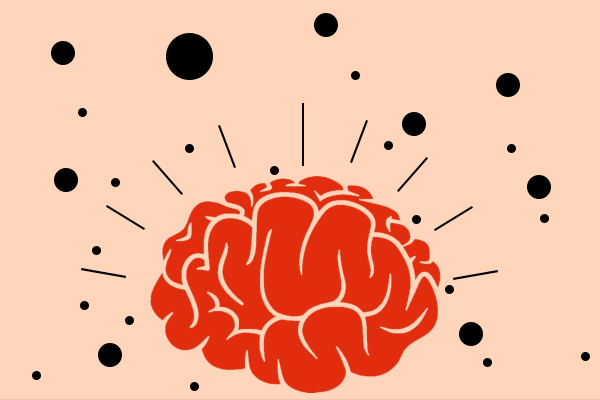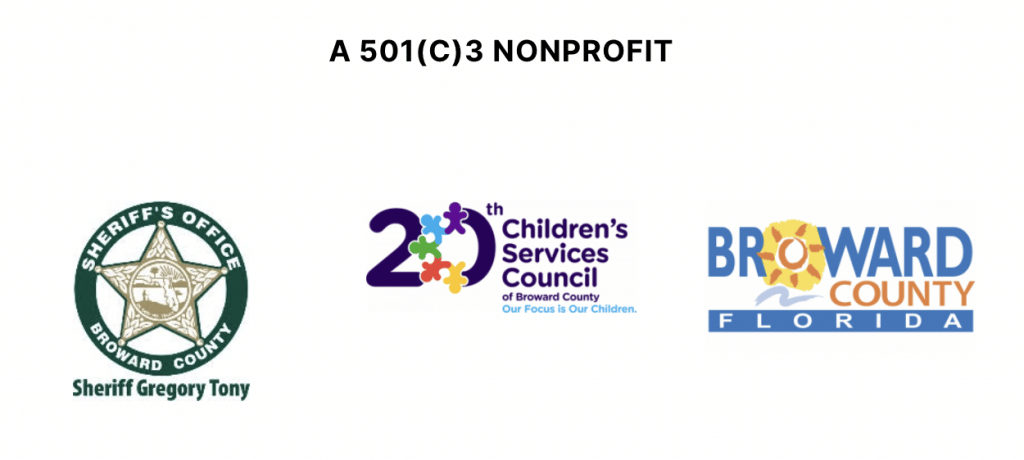
(This is part-one of a three-part blog series on dopamine fasting and recovery techniques).
Have you ever had a habit that you wish you could break, but just could not seem to find a way out of it? Sometimes bad habits can be a minor nuisance, but some behaviors can develop an addictive quality that prevents us from being productive and realizing our full potential. Taken to the extreme, these habits can negatively impact our ability to be social, ruin our professional ambitions, and keep us enslaved to meaningless life-wasting activities.
So, what is dopamine?
Dopamine is essentially a reward chemical. It is a neurotransmitter that tells our brain that we are being rewarded for the activity that we are engaging in. Evolutionarily, it is meant to act as a means of positive re-enforcement – but in the modern age of instant gratification and cheap excess, constantly chasing a dopamine high has become a hindrance to people’s development and life goals.
In the modern age of instant gratification and cheap excess, constantly chasing a dopamine high has become a hindrance to people’s development and life goals.
How do we make dopamine?
In the modern world, many stimuli provide quick and sustained dopamine hits. Smartphone usage, playing video games excessively, obsessions with pornography, and social media are just a few of the most common highs that we chase.
Natural neurotransmitter release from pleasurable activities like eating a delicious meal is strongest when we first engage in the activity but will tend to wane the longer it goes on. At some point we are full, and we want to find another source of stimulation.
However, modern addictive activities like those previously mentioned introduce new stimuli consistently, which keeps us hooked without ever wanting to do something new. Our brains are tricked into thinking that we are doing something good and meaningful…

Why can too much dopamine become a problem?
Things that you once enjoyed are no longer exciting when compared to the new addictive activities that you are pursuing.
Here’s the thing, our brains can’t tell the difference between a source of dopamine that is from a productive reward and one that from a time-wasting reward. To our brains, they are both the same.
Human nature being what it is, we are far more likely to chase after the easier and more potent of the two types of activities. Why spend time building a business or working on a relationship when you can just hop online for a quick fix?
We end up wasting time doing things we know that we should not by chasing chemical highs. We literally become addicted to the devices and behaviors that enable them.
So… what’s the solution?
Initiating a factory reset.
Simply, we need to reset our brains. By reducing the frequency in which we engage in these damaging behaviors, we can retrain our brains to recognize NORMAL levels of dopamine stimulation. Doing so will increase the number of dopamine neuroreceptors in a process called up-regulation – the result is that we will be more sensitive to natural levels of stimulation.
We can return to enjoying things that we used to without the excessive craving for more.
The concept of dopamine fasting is incredibly simple, but in practice, it can be extremely challenging.
After all, I’m asking you to change habits that lead to easy and consistent release of your brain’s pleasure chemicals.
But wait, there’s more!
In our next two articles, we will cover scientifically proven techniques rooted in physiological and cognitive research to help you successfully break your dopamine addictions and restore your motivation.
Do you have any addictions or addictive behaviors that you would like to get rid of? Click the title of this article and leave a comment – share your story! You are not alone.
Citations:
Admin. “Dopamine, Smartphones & You: A Battle for Your Time.” Science in the News, 4 Feb. 2021, sitn.hms.harvard.edu/flash/2018/dopamine-smartphones-battle-time.
Mandal, Ananya. “Dopamine Functions.” News-Medical.Net, 9 Apr. 2019, www.news-medical.net/health/Dopamine-Functions.aspx.
MIT News. “How Dopamine Drives Brain Activity.” MIT McGovern Institute, 8 Apr. 2020, mcgovern.mit.edu/2020/04/01/how-dopamine-drives-brain-activity.
Snyder, Solomon H. “What Dopamine Does in the Brain.” Proceedings of the National Academy of Sciences of the United States of America, vol. 108, no. 47, 2011, pp. 18869–18871. JSTOR, www.jstor.org/stable/23058613. Accessed 26 Apr. 2021.


No responses yet